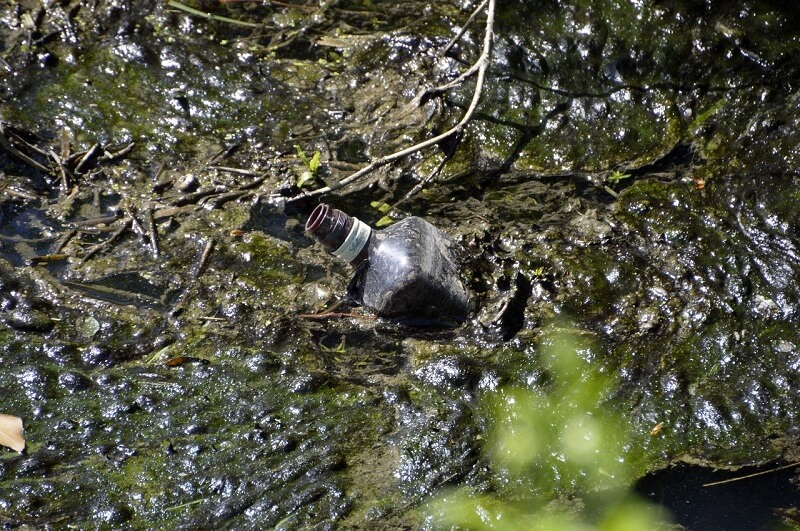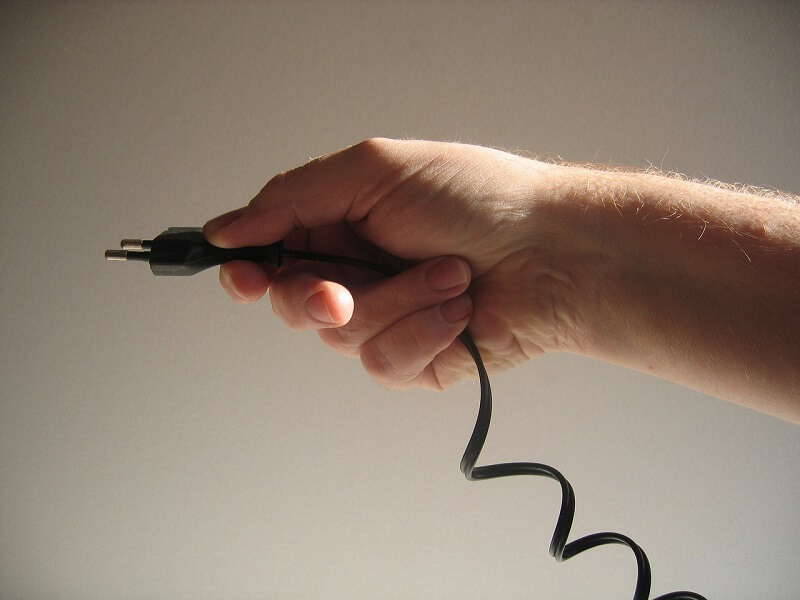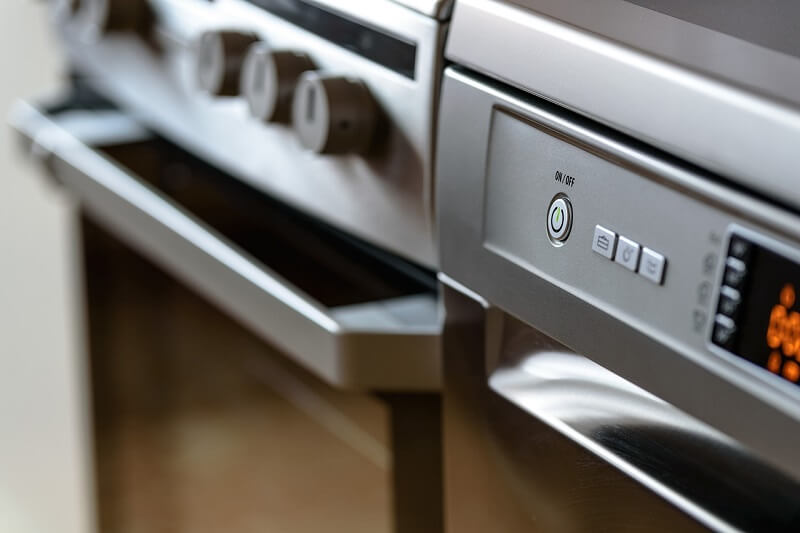Water damage is one of the top worries for facility owners, property owners, and business owners. It doesn’t matter whether the water damage is the result of a natural flood, a busted pipe, an overflowing appliance, or any other problem; its effects could be severe.
If you find indoor flooding, the damage may be so severe that you won’t know what to do. To guarantee full repair and safety, water damage repair must be taken immediately. It’s essential to know what to do if your structure suffers water damage and what the most appropriate course of action is. Use these 7 tips to help you in repairing water damage.
Categories of Water Damage
You can assess flood risks using water damage categories. There are many various ways that water damage can occur, some of which are riskier than others.
Remember that if water gets to sit still for too long, it may fall into a more risky category. Standing water increases the rapid reproduction of microorganisms and mold spores. It’s essential to get rid of any water damage as soon as possible.

Category 1 – Clear Water
You can categorize the damage as category one water damage if the water comes from a clean source. Inhaling or consuming the water does not present a health risk. Category 1 water sources include:
- Melted ice
- Rain
- Sprinklers
- Uncontaminated pipes or containers
Category 2 – Gray Water
This water is contaminated and presents a health risk. It might make you sick if you consume it. It contains too much chemical or biological material. Category 2 water sources include:
- Detergents
- Diluted wastewater
- Ruptured storage tanks
Category 3 – Black Water
This includes water damage which is the most hazardous. Significant quantities of toxic microorganisms and poisons are present. Category 3 water sources include:
- Flooding seawater
- River or stream brackish water
- Sewer backups
Dangerous substances in black water include:
- Bacteria
- Disease-causing organisms
- Fecal matter
- Molds
- Protozoans
- Toxic chemicals
- Urine
- Viruses
- Other pathogens
It requires personal protection equipment (PPE) to clean up category two or three water damage. If the category of flooding is not yet known, stay away from it.
Causes of Water Damage
There are numerous potential causes of water damage. It can come from man-made or natural sources. No matter where the water comes from, it may be extremely hazardous and expensive to repair. Some of the most common causes of water damage include the following:
- Appliance Leaks
- Bad Weather
- Broken or Clogged Gutters
- Broken Pipe Lines
- Drainage Issues
- Malfunctioning Sprinklers
7 Tips for Water Damage Repair
Coming across water damage in your property can be overwhelming. Follow the tips below to help you ensure your safety, limit and repair the water damage.

Tip #1 Turn off the Water Source and Disconnect the Power
Before entering the premises, turn off the water source and the electrical systems for the safety of the people inside the property. There are many undetected risks that might not be visible, even if the water damage in your home doesn’t seem to have harmed your electrical system.
Different houses have their shut-off valves in discrete places. It is always, without a doubt, better to be aware of it in advance. Whatever type of valve it is, just know how to turn it off. If your property is already flooded, check-in your basement or outside the exterior wall with a removable lid. Find it and shut it off. If you cannot locate it, call a professional plumber for help.
Tip #2 Remove the Water and Dry the Damaged Area
It might be overwhelming to discover water damage to your property. Use the tips provided below to help you in repairing the water damage.
Tip #1: Disconnect the Power and Turn Off the Water Source.
For the protection of the individuals within the property, cut off the electricity and water sources before entering. The shut-off valves for each home are located in separate locations. It is always preferable to be aware of it in advance.
Tip #2: Remove the Water and Dry the Damaged Area.
You must take any available methods to remove the water from your flooded property. Large amounts of standing water are typically best handled by pool pumps, but smaller amounts can be handled by a wet/dry vacuum or even a sizable mop bucket.
Following that, begin drying the carpets, furniture, wall cupboards, and everything else that came into touch with water. To help remove the remaining moisture and hasten the drying process in damaged areas, use fans or dehumidifiers. You can try to leave the items in the sun to dry entirely if they aren’t too heavy and you have a backyard or perhaps a balcony. Sunlight’s UV rays and heat are anti-microbial, so they can help in sanitization as well.
Tip #3: Check the Area for Mold and Mildew.
Flood or significant water damage adequately produces mold that can explode throughout the property in as little as 24 to 48 hours. After you have removed all the water from your house, look for any signs of mold growth in the areas where water damage has occurred. Keep in mind that mold can develop in hidden spaces including under walls, under carpets, behind appliances, and other large objects.
Tip #4: Remove or Dispose of any Damaged Materials.
Highly porous substances must be taken out and disposed of in the case of a flood or other substantial water damage. As a result of the significant water absorption, these materials either sustain severe harm or start to grow mold and mildew. These materials are frequently irreparable, especially when they have been damaged by gray or black water.
Tip #5: Replace any Broken Materials.
Your property’s structures and furniture may be harmed by a flood. You need to fix any broken pillars, walls, or ceilings on your property as quickly as you can. If the damage is severe but repairable, you can hire a reliable and knowledgeable professional.
Tip #6: Check your Appliances.

Your appliances may experience issues during floods. Along with water damage repair, it is generally a good idea to check your appliances. Every electrical device has the potential to be damaged, so check each one carefully and fix any issues immediately.
Tip #7: Sanitize your Property.
A flood could lead to the development of harmful germs on your property. They grow in that kind of environment. That is why it is advisable to sanitize everything after water damage repair.
Summary
Definitely one of the most expensive and difficult problems a homeowner may face is water damage. Water damage yields just as many health risks as structural problems in such situations, so you must respond quickly but cautiously. Call in a professional who can handle everything from beginning to end quickly and effectively if you are overwhelmed by the tips or worried about safety doing such repairs on your own.


